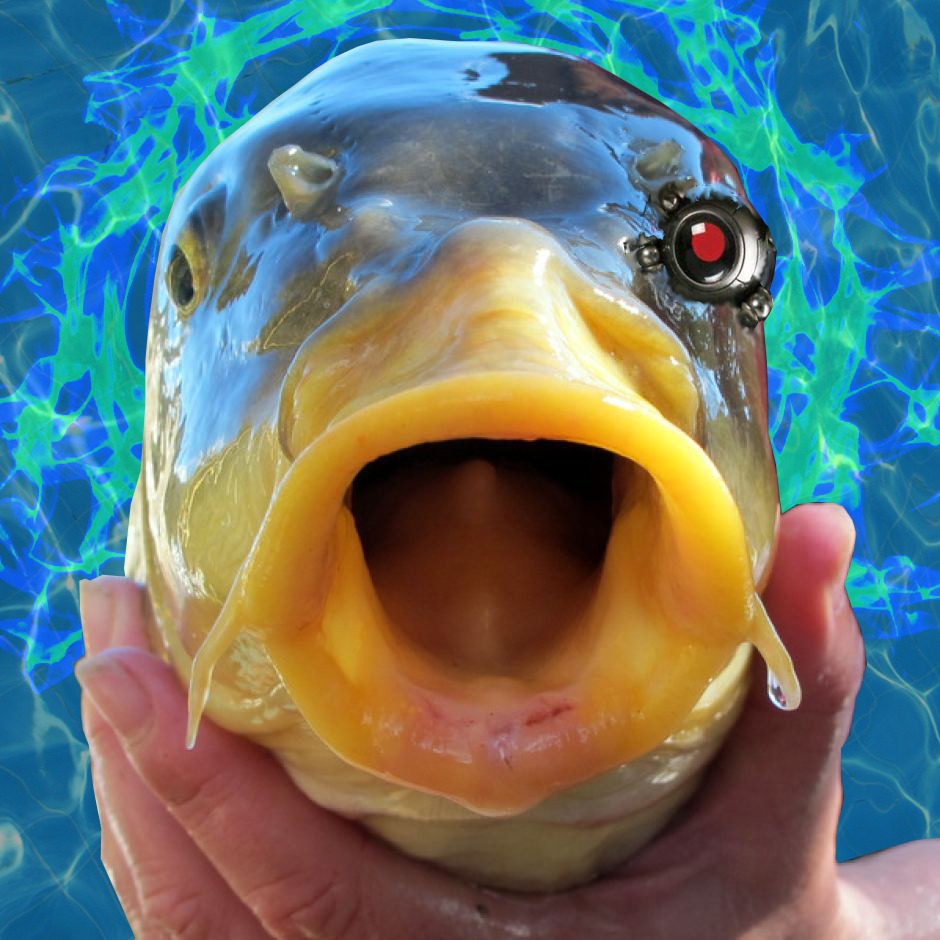Robo-fish to protect tadpoles
 A robot fish has been developed to scare off invasive species.
A robot fish has been developed to scare off invasive species.
The mosquitofish is one of the world’s 100 worst invasive species. It chews off the tails of freshwater fishes and tadpoles, leaving the native animals to perish while dining on their eggs.
But researchers in WA are fighting back; engineering a robot to scare mosquitofish away, revealing how fear alters its behaviour, physiology, fertility - and they say it may help turn the tide against the invasive species.
The robot is based on the mosquitofish’s natural predator - the largemouth bass. The bass ‘bot is programmed to strike when it spots the mosquitofish approaching tadpoles of the Australian species Litoria moorei, which is threatened by mosquitofish in the wild.
Scared and stressed, the mosquitofish show fearful behaviours and experience weight loss, changes in body shape, and a reduction in fertility, all of which impair their survival and reproduction.
“Instead of killing them one by one, we’re presenting an approach that can inform better strategies to control this global pest,” says first author Giovanni Polverino of the University of Western Australia.
“We made their worst nightmare become real: a robot that scares the mosquitofish but not the other animals around it.”
For the tadpoles the mosquitofish usually prey on, the robot's presence was a change for the better.
While the mosquitofish is a visual animal that surveys the environment mainly through its eyes, tadpoles have poor eyesight, so they cannot see the robot well.
“We expected the robot to have neutral effects on the tadpoles, but that wasn’t the case,” says Dr Polverino.
Because the robot changed the behaviour of the mosquitofish, the tadpoles did not have predators at their tails anymore, and they were more willing to venture out in the testing arena.
“It turned out to be a positive thing for tadpoles. Once freed from the danger of having mosquitofish around, they were not scared anymore. They’re happy,” Dr Polverino said.
After five weeks of brief encounters between the mosquitofish and the robot, the team found that the fish allocated more energy towards escaping than reproducing.
Male fish’s bodies became thin and streamlined with stronger muscles near the tail, built to cut through the water for fleeing.
Male fish also had lower sperm counts while females produced lighter eggs, which are changes that are likely to compromise the species’ survival as a whole.
“While successful at thwarting mosquitofish, the lab-grown robotic fish is not ready to be released into the wild,” says senior author Dr Maurizio Porfiri.
The team will still have to overcome technical challenges. As a first step, they plan to test the method on small, clear pools in Australia, where two endangered fish are threatened by mosquitofish.
“Invasive species are a huge problem worldwide and are the second cause for the loss of biodiversity,” says Dr Polverino.
“Hopefully, our approach of using robotics to reveal the weaknesses of an incredibly successful pest will open the door to improve our biocontrol practices and combat invasive species. We are very excited about this.”
More details are accessible here.







 Print
Print